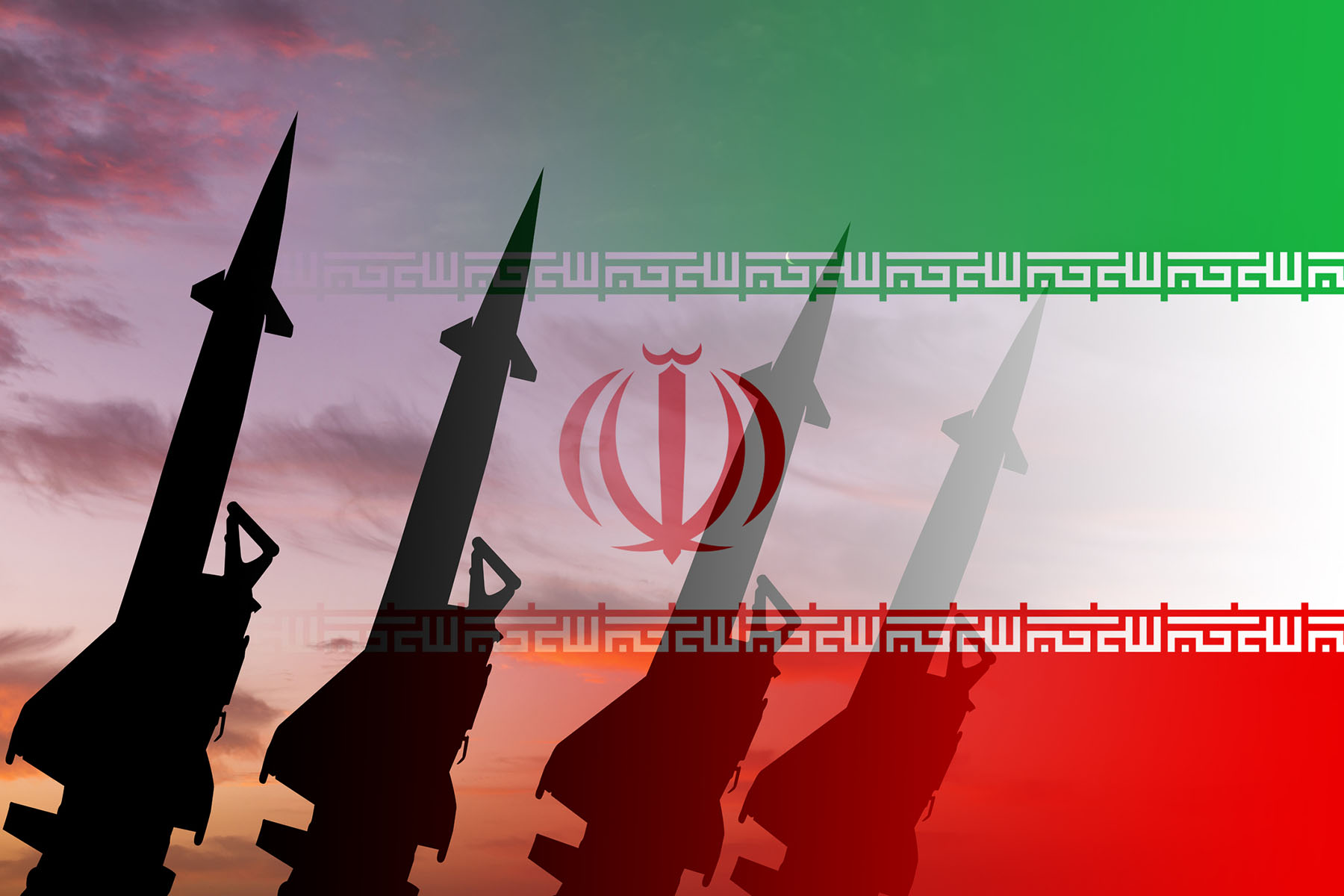In a confidential report from Iran’s Islamic Revolutionary Guard Corps (IRGC) to officials working on the country’s nuclear program, the supreme leader Ali Khamenei’s desired course of action is outlined. It asserts that while the regime’s missile capabilities are a significant factor in the “deterrence power of the Islamic Republic,” considering the “ongoing regional conflict” and the possibility of its escalation, the regime now needs a “higher level of deterrence.” The current balance is inadequate for the “next stages” of the conflict, and the report suggests that the “best solution is to alter the nuclear doctrine and design a new balance of power model.”
The balance of power in the region has dramatically shifted following the killing of Hassan Nasrallah and the severe blows dealt to Hezbollah, Hamas and other proxy forces. The regime’s so-called “strategic depth” has, in its own words, been shattered.
According to revelations by the Iranian opposition group, the National Council of Resistance of Iran (NCRI was the first to reveal Iran’s secret nuclear program in 2002), a report following the regime’s second missile strike on Oct. 1 stated that in Operation Vow of Truth 2, “ballistic and hypersonic missiles were used.” However, the report stressed that repeating similar missile strikes would “achieve nothing new” and could instead escalate into direct military confrontations between Iran and Israel, further destabilizing the already unpopular regime and paving the way for another uprising. For this reason, the Iranian regime aims to avoid direct confrontation, referring to this tactic as “strategic patience.”
Shift in Defense or Deterrence Doctrine?
On Oct. 9, 2024, 39 members of Iran’s parliament wrote to the Supreme National Security Council, calling for a shift in the regime’s defense doctrine to include nuclear weapons. Hassan Ali Akhlaqi Amiri, a member of the parliament’s cultural committee, referred to Khamenei’s “fatwa” that forbids nuclear weapons, but noted that “in Shi’ite jurisprudence, time and place influence rulings, and secondary rulings can replace primary ones.”
That same day, parliamentarian Mohammad Reza Sabaghian stated that they would ask Khamenei to reconsider and change the strategy on nuclear weapons. He added, “Building nuclear weapons would be easy for us … In the current situation, to ensure deterrence and national security, developing nuclear capabilities is necessary. The enemy seeks to weaken Iran’s deterrence through negotiations, assassinations, and military threats. We must not neglect to strengthen our deterrence.”
On Oct. 11, former Foreign Minister Kamal Kharazi stated in an interview with Al Jazeera that “if the Zionist regime dares to harm Iran’s nuclear facilities, our deterrence level will change, and if Iran’s existence is threatened, we will have no choice but to change our nuclear doctrine.”
On Oct. 12, Brigadier General Haq-Talab, commander of the IRGC’s Nuclear Facilities Security Corps, said, “Revising the doctrine and nuclear policies of the Islamic Republic of Iran and departing from previously announced positions is both possible and conceivable.”
That same day, Brigadier General Rasoul Sanayee Rad, Deputy Political Director of the Commander-in-Chief’s Ideological-Political Office, said, “Some politicians have raised the possibility of changes in strategic nuclear policies.”
Also on Oct. 12, parliamentarian Mohammad Manan Raeesi declared that “the nuclear doctrine of the Islamic Republic must change … To achieve maximum deterrence, there is no avoiding a shift in the nuclear doctrine. Currently, we are not far from this goal. Fortunately, over the past year, we’ve made significant progress in the nuclear field. God willing, within six months, we will achieve this capability.”
It seems that the Iranian regime is aiming to follow the model set by North Korea.
It seems that the Iranian regime is aiming to follow the model set by North Korea.
The Real Threat is Inside Iran, Not at the Borders
It is said that Iran has enough enriched uranium for eight to ten nuclear bombs and could test its first within weeks. However, the U.S. has repeatedly stated—and made it clear to the Iranian regime—that it will not allow Iran to acquire nuclear weapons. The regime knows that testing its first bomb would cross a red line, making any retreat impossible.
A government-affiliated newspaper, however, suggests that the existential threat to the Iranian regime doesn’t come from external enemies but from within.
Emerging from the Middle Ages and unable to meet the needs of its people in the 21st century, the Iranian regime has relied on repression from the very beginning. To hide this repression, it has stirred up war, crises and terrorism outside its borders. This has been the mullahs’ survival strategy: creating proxy forces to wage war and spread terrorism. The regime called this its “strategic depth,” extending into Syria, Iraq, and even the Red Sea.
With its “strategic depth” collapsing, the regime faces two paths:
- Continue supporting its proxies, thus accepting direct confrontation with Israel. In this scenario, Israeli strikes could destabilize the regime, creating the very situation Khamenei sought to avoid at the start of the conflict, and setting the stage for new uprisings.
- Withdraw support for its proxies, which would require the regime to open up domestically and reduce repression to some extent. Until now, the regime has used war as a cover for its oppression. But without warmongering, the regime would have to allow more openness. After 40 years of repression, this would likely lead to a massive explosion of public discontent, like a powder keg finally detonating.
The Iranian regime is trapped in a strategic deadlock. If it pursues nuclear weapons, it embarks on a path of no return. If it does not, it still faces inevitable collapse at the hands of its own people. The regime’s only choice seems to be, as Ali Khamenei once warned, between death and suicide out of fear of death.
Hamid Enayat is a political scientist, specializing on the topic of Iran, who collaborates with the Iranian democratic opposition.




